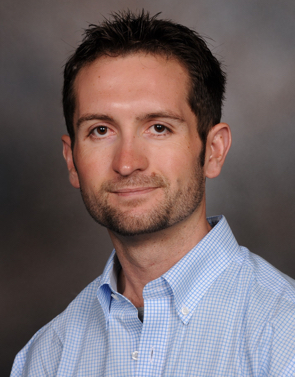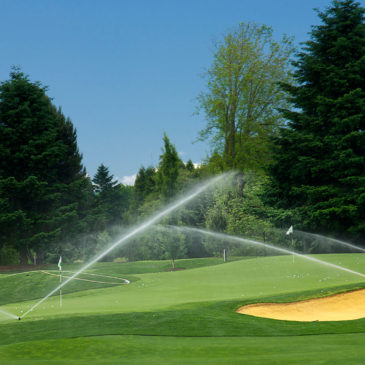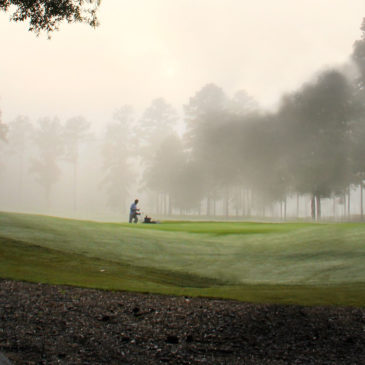
Uses Xcaliber, one of our platform Calcium Enhancement products. Is on the Branch Creek Testing Facility.
Since the so-called Great Recession in 2008, headlines proclaiming the demise of golf have dominated. But lately, it seems, there is brightening on the horizon. A legion of young guns are pumping excitement into the pro game, as is the latest return of Tiger Woods. And statistically speaking, the game is in as good a place as it has been in years, with the future looking even more promising. According to the National Golf Foundation, 2.5 million golfers teed it up for the first time last year, beating the old record set in 2000 during the height of Tiger Woods’ popularity by 100,000 new golfers.
But hold on with all the sunshine and rainbows. A presentation at the 2017 Golf Industry Show by Golf Course Industry magazine Publisher Pat Jones reminded us that the industry is still losing 150 courses per year, and that trend will continue for at least another 10 years. Rounds have stayed consistent at 480MM/year, but revenue is down — meaning golfers are playing, but they are spending less and playing less expensive courses. All of which puts more stress on superintendents to do more with flat or shrinking budgets.
“We are getting more and more pressure to keep costs down and improve playing surfaces,” said Chris Reverie, superintendent at Allentown Municipal Golf Club.
“It’s about making better turf, but also keeping the budget sound. And that means sometimes you have to try new things and take some chances.”
Trying new things, though, comes with a catch: How do you go from a product you know to one with which you have no history? The new product could work just as well, cost less and result in fewer inputs. But what if it doesn’t and your turf suffers? You’ll hear it from your golfers and management, and you’ll feel it on the bottom line when rounds go down. For Reverie, it’s about tactically managing the transition.
Start with small steps.
“Superintendents have egos,” Reverie said. “We all want to be the guy who has found the newest, best thing, a way to do it better, more cost effectively.” That ego, he warned, can prompt you to bite off more than you should. “Definitely start with small steps. Maybe you start with one application and see how it works. Monitor it closely. If you’re happy with it, add it to the mix and expand the next season.”
Guard your backbone.
In the “generics versus brand names” discussion, Reverie feels strongly that you should protect you backbone. “We are protective of our high-value turf, which is the backbone of our course,” he said. “Greens first, tees second, fairways third, approaches and rough fourth. Say we’re talking fungicide, greens and tees get the brand name we know. Rough and maybe approaches will get a generic.” In this way, Reverie can test new products with the lowest risk.
Get the decision-makers tangibly involved, and communicate.
Whether you’re a municipal like Reverie’s Allentown Club, a daily fee or a private course, there are always people to answer to — owners, GMs, controllers, boards. Their level of sophistication about turf and the inputs that keep it healthy varies widely. On top of that, there is always resistance to change. “You walk into a meeting and try to explain what the product’s doing and why and there’s a good chance they don’t really understand or want to understand,” Reverie said. “But you have to break it down for them in a visual way. Bring them out on the course and say, ‘Look at how this looks now, compared to before.’ Give them something tangible. And make sure you communicate with all the tools at your disposal. I often bring in outside consultants so the board hears expertise beyond my own.”
At SynaTek Solutions, our expertise is always available. Shoot us an email to info@synateksolutions.com or call 888-408-5433.



